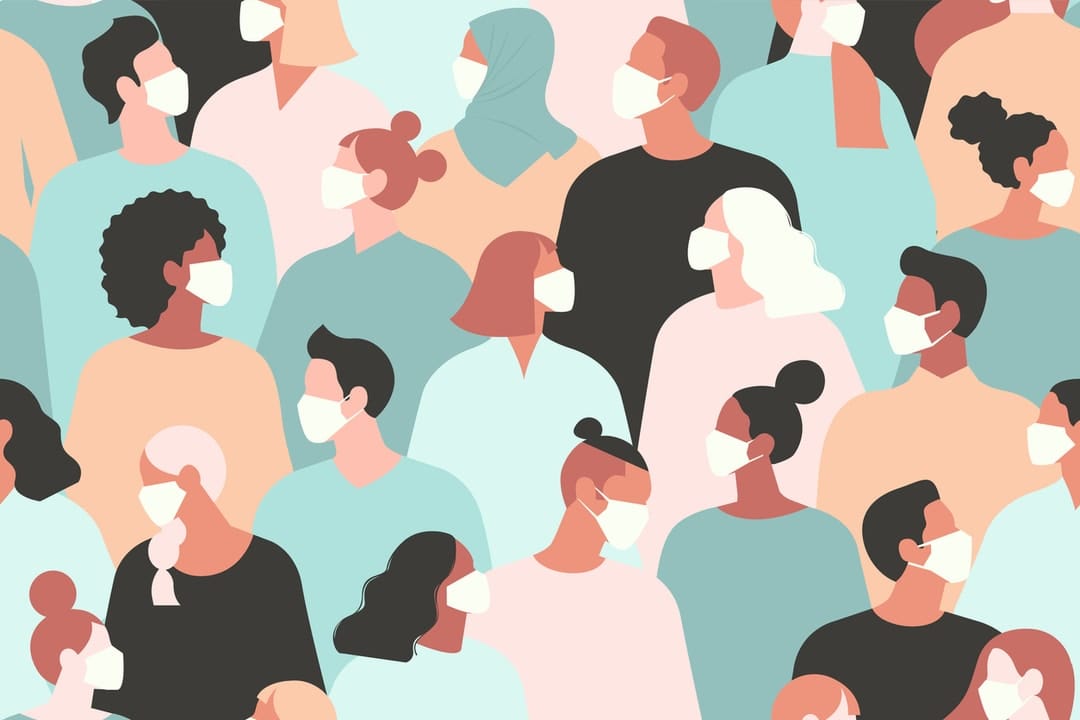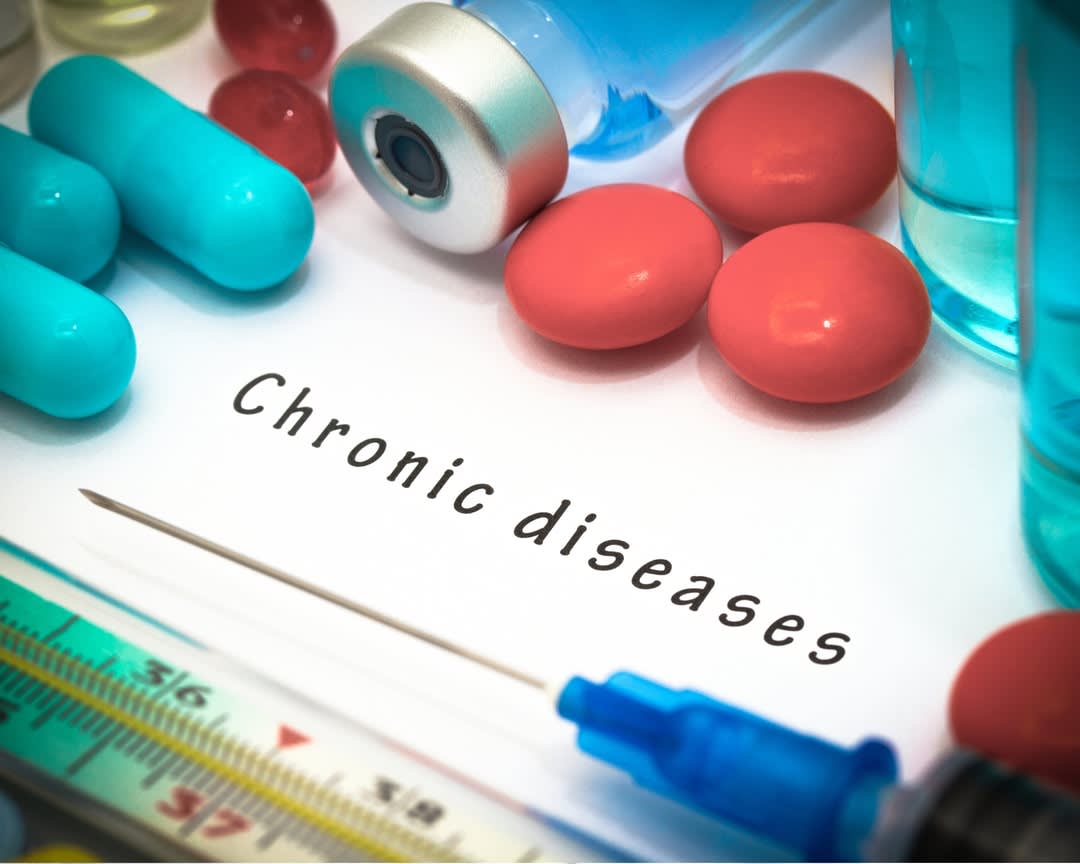
As COVID-19 continues to ravage parts of the world, individual and collective suffering is manifest. Through our mutual susceptibility to the virus’ impacts, whether physiological, psychological, economic, practical or otherwise, the notion of "otherness" has vanished.
That’s because the vulnerability to which some may once have felt impervious is now shared, and it extends an equalising effect over our communal consciousness. We are all vulnerable.
The following is my speculative analysis of what we may learn from the COVID pandemic. It's a reflection on problem-framing in healthcare, on our efforts to conceptualise the most pressing social health problems, and on the need for investment in the coordination and integration of our health and social systems of care.

More than a coronavirus vaccine will be needed to support health measures in a post-COVID world. In fact, more than a vaccine was needed well before COVID-19 even arrived. Health has always been more than the absence of disease, though we have yet to see widespread responses to health and illness that are holistically coordinated. The novel coronavirus has illuminated a systemic interrelatedness that the slow emergence of chronic disease could not. It's also highlighted what is possible when the collective will exists to mobilise attention and healthcare resources.
New challenge, old issue
The COVID-19 challenge has been described as "unprecedented". Yet for decades, the unpredictable and complex have materialised before our eyes in the form of global chronic ill health conditions. So, considering this parallel, what can we learn about chronic disease from the pandemic?
Less than a year ago, the escalating pervasiveness of chronic disease was considered by the World Health Organisation (WHO) to be the single-most pressing global health problem. The widespread effects of chronic disease have been attributed, in part, to an increase in longevity enabled by modern medicine, though this causal link may be considered simplistic.

But this new pressing problem is different. An old enemy has returned with a vengeance, in the form of a rampant new infectious disease that has stretched our health and social systems’ resources. COVID-19 has alerted us to a hubris – an assumption of control and mastery over the natural world. It has even alerted us to alertness itself, and, potentially, to our inadequate response to a pre-existing epidemic – one that now predisposes countless individuals to COVID’s worst effects.
This coronavirus is acute, nebulous, unpredictable, "novel", and we do not yet have a "pill" to "fix it". The "free from pain" quest of modern medicine has taken a left turn, and we are exposed. With no vaccine readily available, this viral intruder has reminded us of the need to remain humble. To be mindful of the limitations of modern science. And to consider the strangeness of what and who is prioritised in health and social policy.
COVID-19 has inflicted far-reaching adverse health effects on millions of people. But chronic disease (heart disease, cancer, stroke, dementia, addiction) continues to be equally, if not more, devastating.
These two problems have more in common than one might think. They are linked by the greater risk of COVID-19 for those with pre-existing conditions, and are connected by a complexity in systems behaviours.

COVID-19 has challenged modern health systems at scale. Its rapid, uncontrolled spread, and multi-system impacts make it a focal point of scientific and political investment. For now, it has displaced chronic disease in terms of currency and perceived impact.
But as we search for a vaccine, chronic disease should not be ignored. Paradoxically, the fast-moving acute virus and slow-moving chronic illness have in common their sensitivity to population health measures. They also share the potential to inflict enduring adverse health inequality.
For chronic disease, health measures and structural interventions such as education, reliable and rewarding employment, adequate nutrition, and good sanitation have lasting health benefits. The greater one’s access to these, the better one’s health prospects.
Indeed, effective population health measures have had a protective effect against COVID-19. Face masks, social distancing, hand and respiratory hygiene, changed work practices, housing the homeless, and personal isolation following exposure or infection have contained community spread of the virus.
But those less able to enact these protective measures tend also to be those whose circumstances render them more vulnerable in the first place – casual and low paid workers, the elderly, those with complex health conditions, mental health issues, and marginalised cohorts.
After a vaccine
If an effective vaccine becomes available, biomedicine will have delivered. Yet the lasting and complex health effects of the disease may linger; therefore, social health measures will remain important. Livelihoods have been lost, isolation and loneliness have affected many, those with pre-existing health conditions have seen exacerbations of illness.
As for those whose economic futures are now in jeopardy, the link between socio-economic inequity and health inequity cannot be understated. With no certainty of economic recovery in the short term, the long-term health effects of the pandemic have yet to emerge.
The most recent comparable pandemic was the 1918 Spanish flu; but, unlike COVID-19, a younger demographic was disproportionately affected. Hence, our ability to predict the landscape of a post-COVID world is limited, our futures are uncertain, and our hopes appear vested in a vaccine.
But for those experiencing chronic ill health, a huge toll has always been there. Yet, aside from those with an interest in what we call "bio-psychosocially complex care", there's been a sense of "alert" rather than the "alarm" produced by COVID-19. The immediate and long-term health impacts of COVID-19 are significant, but no less are those of chronic disease. And while the emergence of chronic morbidity tends to be gradual rather than sudden, its trajectories are easily as cruel.
The biomedicine of the previous century did not anticipate the current scale of chronic disease prevalence that in hindsight was "unprecedented". The traditional laboratory model of biomedicine is disconnected from the complex environment in which disease occurs.
So what might we learn about chronic disease from COVID-19?
It is that everything – yes, everything – is connected, and it will take much more than a pill or a vaccine to ‘fix’ the health consequences of either.





